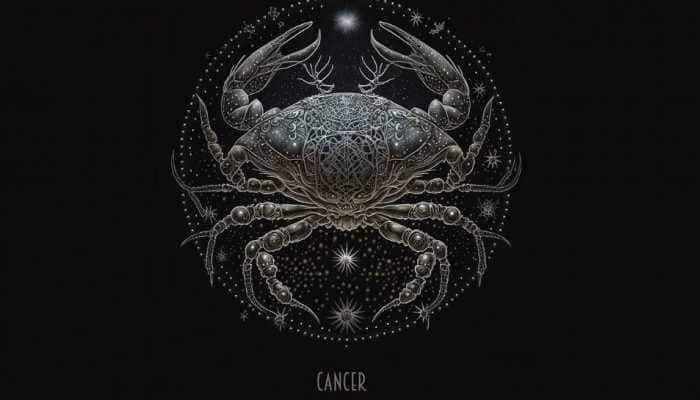China to create 'line of separation' at Mount Everest peak to prevent COVID-19 transmission from Nepal
A team of Tibetan mountaineering guides will create the separation line at the world’s highest mountain peak before the climbers reach the top.
- China will create line of separation at Mount Everest peak
- It aims to prevent COVID-19 transmission from Nepal's side
- It is unclear what will the line be made of
Trending Photos
) Credit: Reuters
Credit: Reuters New Delhi: In a bid to prevent the import of COVID-19, China is going to create a “line of separation” at the top of Mount Everest that will set apart climbers from the Chinese side from those from Nepal’s side.
For this purpose a team of Tibetan mountaineering guides will create the separation line at the world’s highest mountain peak before the climbers reach the top, Chinese state-owned Xinhua News Agency said on Monday (May 10).
It is, however, unclear what will the line be made of. The climbers ascending the north side of the mountain from China will be prohibited from crossing the line to avoid contact with anyone from the south or the Nepalese side.
Last year, the two countries had suspended the climbing season owing to the threat posed by the pandemic.
But this year, Nepal allowed 408 foreigners to climb the peak. The Chinese side also allowed 21 climbers to go for the expedition.
But in view of the surge in new coronavirus cases in Nepal and also the declining number of cases in China, the latter is looking to take special measures to prevent contact.
Officials in Nepal have refused to comment on the Everest outbreak. One climber, a Norwegian, told The Associated Press last month he had developed COVID-19 and has since left the country after getting better.
Ang Tshering Sherpa, a mountaineering expert, said it was just not possible to draw any kind of separation on the Everest summit.
The only point where climbers from both sides would even come close is the summit, which is a small space where climbers spend only a few minutes to take photographs and take in the 360-degree views, he said.
Climbers would be wearing thick layers of clothing and gear and their faces would be covered with oxygen masks, glasses and protection from the freezing air, he added.
Live Tv







)
)
)
)
)
)
)
)
)
)
